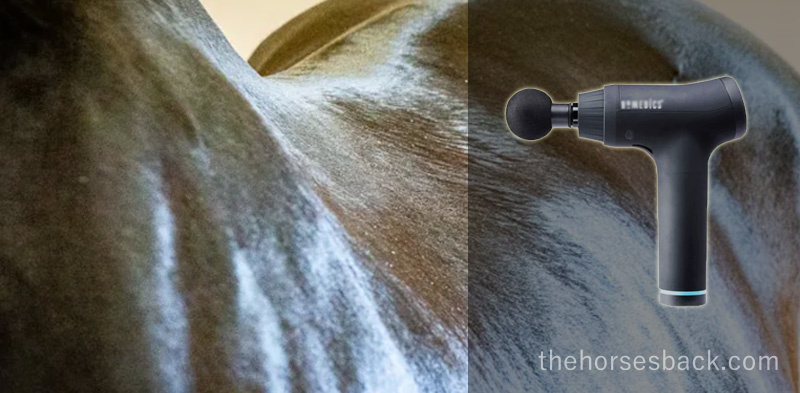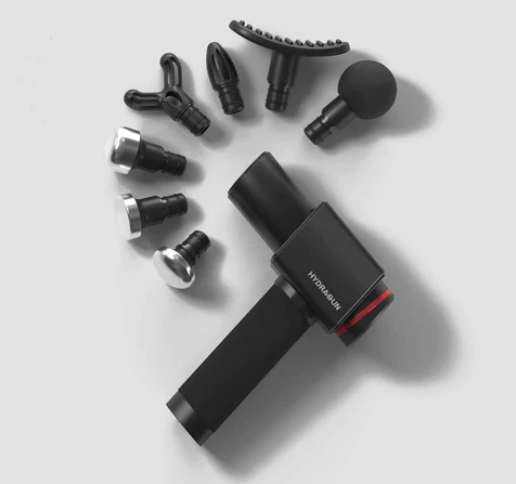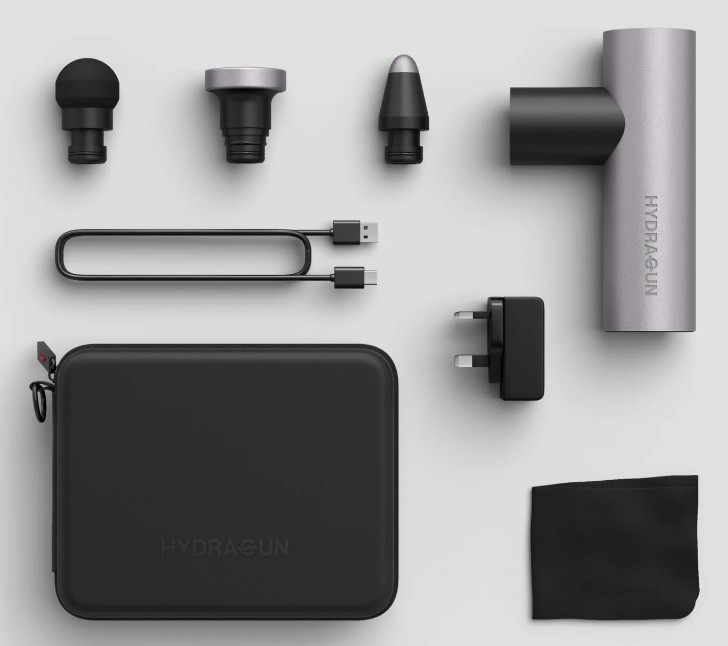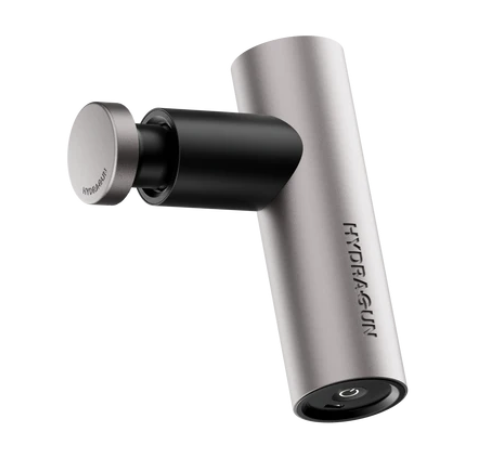
Wait – you didn’t know there could be risks to your horse when using an equine massage gun? Then you’d best read on.
First, there are certainly benefits to massage guns. They’re easy to use and time friendly when you’re time-poor.
They retail to suit every budget, and there’s no difference between ‘human’ and ‘horse’ devices.
They can help with pre-work warm-up and post-work relaxation, and may help to reduce post-work soreness.
But, but, but – you do need to switch on your mind at the same time as your gun.
And here’s why.
Note: this page includes some links. At no extra cost to you, if you make a purchase, these links may make a small contribution towards the costs of running this site, including my extensive writing time.
1. Check the horse with your hands first.
This way, you can see if there are any adverse reactions to touching in certain areas. It’s better to know in advance, rather discover a problem with a device that isn’t giving you feedback.
Remember, these are designed primarily to be used by humans on themselves – humans know where their own spots are, or can tell you, but horses rely on you to be cautious.
2. Vibration is fantastic for myofascia.

Soft tissue generally doesn’t need to be hammered.
Hint 1: using the side of the round massage head will achieve more vibration than percussion.
Hint 2: the less intrusive flat head used gently and flat to the surface also creates more vibration.
Please don’t use the hard pointy applicators, which are so much more likely to hit directly into a painful spot, or worse, penetrate an area of torn fascia.
3. Go lightly and keep it moving.
You’re not mashing potatoes here – this is a sensitive body. By minimizing pressure, you’re allowing more of a vibrational effect to happen.
You also don’t risk creating bruises (as can happen in humans, apparently). Your horse can’t tell you until it has already happened.
Don’t work closely over bone – and remember that older horses may have arthritic joints that don’t benefit from heavy percussion.
4. Little and often is better.

Too much work starts to cancel out the good work that’s already been achieved through a light approach.
Massage guns are best used on small, targeted areas in short bursts.
And a practical conern is that you don’t want to overheat the device – many have an automatic shut-off after 10-15 minutes for this reason.
5. Check your horse’s responses.
If your horse is showing any signs of tension, stop. The whole point here is relaxation. Tense muscles + percussion = high impact => pain.
If your horse starts leaning into it and groovin’, then fine, turn it up – but only if they say so.
It’s not a goal in itself (question why they’re so tense in that spot – maybe change something in training?). If there’s any flicker of discomfort in their eye, stop right now.

6. Don’t go higher than the base of neck.
Think about it: you’ll be vibrating the skull. Try that on yourself if you’re not sure why it might be unpleasant!
Lots of horses have tension and pain around the poll and the temporomandibular joint (TMJ). It’s always better to do the upper neck with your hands and a whole lot of love.
7. Ask why some muscles are always sore.
There may be muscles that are always sore, particularly as your horse steps up the work.
Maybe that spot would benefit from a gentle hand rub?
And maybe slow down the work pace down as well, if tension keeps developing?
Don’t be the Cozy Powell of massage gun users – think prevention and therapy, not heavy rock!
8. Steer well clear of injuries.
If your horse is injured, don’t try to help with your massage gun. Doing so could likely disrupt the healing process.
Wait until the healing process is well under way and then start really lightly and only in adjacent areas. This is the best time to think about vibration rather than percussion.
9. Take note of fresh pain responses.
If your horse is reactive in an area that was fine yesterday or last time you worked, stop. You may be right above an injury.
Worse, if you’ve been using too much pressure, you may have intensified an issue.
10. Don’t forget nutrition.
If muscles are always super-tight in spite of careful conditioning and therapeutic work, there may be an imbalance in your horse’s nutritional and mineral intake that’s having a metabolic effect.
Interested in equine massage guns?
How do you know which massage guns for horses present really good options?
I don’t believe in buying on the basis of a label alone, but at the same time, demonstrated reliability is a good thing.
And don’t worry about whether it’s called an equine massage gun or not. They’re all the same technologies, whether marketed for human or horse use.
Learn more about the Hydragun’s massage gun and the Atom Mini Massager in The Horse’s Back Store. Renowned for being the quietest devices on the market, these excellent, durable devices are built with smoothly operating components within high-grade aluminimum casing. For the equine bodyworker, they offer a reliable solution that is so lightweight it won’t tax your body.
Leave a Reply